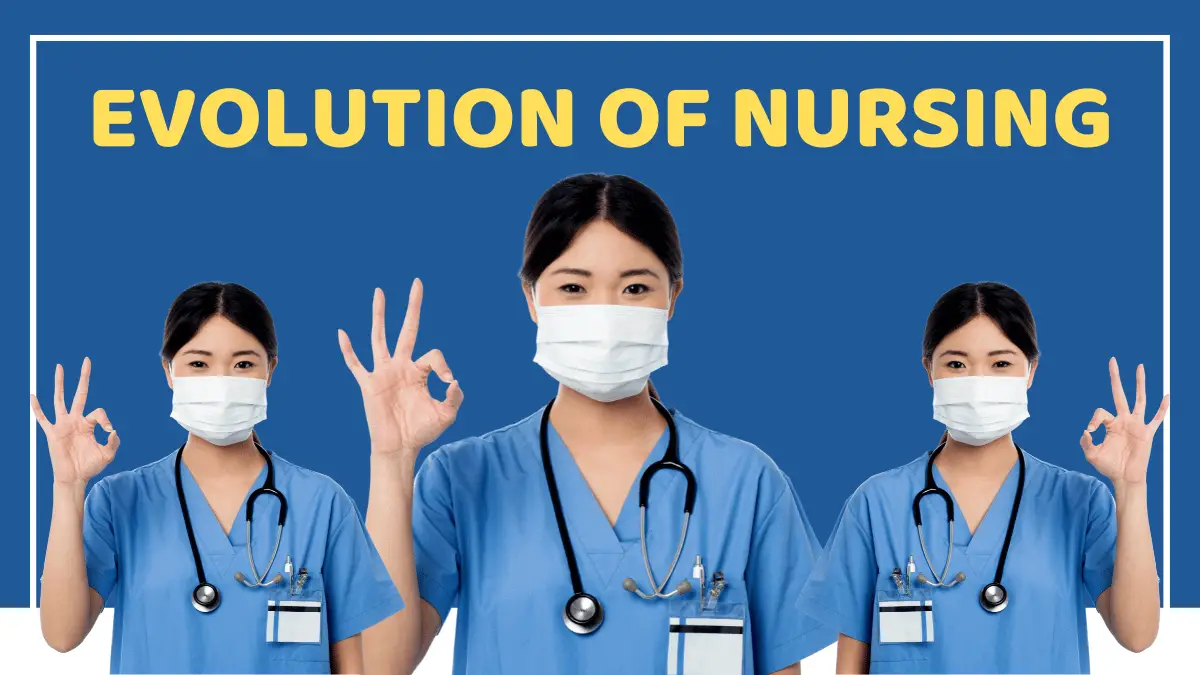In the ever-evolving landscape of healthcare, the role of technology in modern nursing practice has become increasingly indispensable. From electronic health records (EHRs) to advanced monitoring systems, technology has revolutionized how nurses deliver care, ultimately improving patient outcomes. This comprehensive guide explores the various facets of technology’s integration into nursing practice, highlighting its benefits, challenges, and future prospects.
Table: Overview of Technologies in Modern Nursing Practice
| Technology | Description |
|---|---|
| Electronic Health Records (EHRs) | Digital records for comprehensive patient information management. |
| Telehealth Services | Virtual consultations and remote monitoring platforms for remote patient care. |
| Wearable Devices | Devices for continuous monitoring of vital signs and health metrics. |
| Artificial Intelligence (AI) | Algorithms for analyzing patient data, predicting health outcomes, and personalizing treatment plans. |
| Robotics and Automation | Automated systems for assisting with routine tasks and enhancing operational efficiency. |
The Impact of Technology on Nursing Practice
Advancements in Electronic Health Records (EHRs)
One of the most significant technological advancements in nursing practice is the adoption of electronic health records (EHRs). These digital records streamline documentation, enabling nurses to access patient information efficiently. With EHRs, nurses can track patient histories, medications, and treatment plans in real-time, enhancing coordination of care among healthcare providers.
Integration of Telehealth Services
Telehealth has emerged as a vital tool in modern nursing practice, especially in the wake of the COVID-19 pandemic. Nurses can now conduct virtual consultations, monitor patients remotely, and provide follow-up care through telehealth platforms. This technology not only improves access to care, particularly in rural or underserved areas but also reduces the need for unnecessary hospital visits, promoting patient convenience and safety.
Utilization of Wearable Devices and Remote Monitoring
Wearable devices and remote monitoring technologies empower nurses to monitor patients’ vital signs and health metrics continuously. These devices range from smartwatches capable of tracking heart rate and activity levels to sophisticated monitors that transmit real-time data to healthcare providers. By leveraging these tools, nurses can detect early warning signs of deterioration, intervene promptly, and prevent adverse outcomes.
Challenges and Considerations
Data Security and Privacy Concerns
While technology offers numerous benefits, it also presents challenges, particularly concerning data security and patient privacy. Nurses must adhere to strict protocols to safeguard sensitive information stored in electronic systems. Robust encryption measures, access controls, and regular audits are essential to mitigate the risk of data breaches and unauthorized access.
Digital Literacy and Training Needs
As technology continues to evolve, nurses must continuously update their digital literacy skills to effectively navigate new systems and applications. Training programs and professional development opportunities play a crucial role in ensuring nurses feel confident and competent in using technology to deliver care. Investing in comprehensive training initiatives is essential to maximize the potential benefits of technological integration.
Integration with Existing Workflows
Introducing new technologies into nursing practice requires careful consideration of workflow integration. Nurses must adapt to changes in processes and routines to incorporate technology seamlessly into their daily practice. Effective change management strategies, stakeholder engagement, and ongoing support are essential to facilitate a smooth transition and minimize disruptions to patient care.
Future Directions and Innovations
Artificial Intelligence and Predictive Analytics
The integration of artificial intelligence (AI) and predictive analytics holds tremendous promise for the future of nursing practice. AI-powered algorithms can analyze vast amounts of patient data to identify patterns, predict health outcomes, and personalize treatment plans. Nurses can leverage these insights to deliver more proactive and individualized care, ultimately improving patient satisfaction and clinical outcomes.
Robotics and Automation
Robotic technologies are revolutionizing various aspects of nursing practice, from medication administration to patient rehabilitation. Automated systems can assist nurses with routine tasks, allowing them to focus more time and attention on direct patient care. Robotics also have the potential to address workforce shortages by augmenting nursing capabilities and increasing operational efficiency.
Conclusion
In conclusion, the integration of technology into modern nursing practice has transformed the way healthcare is delivered, enhancing efficiency, safety, and patient outcomes. From electronic health records to telehealth services and wearable devices, nurses have access to an array of tools and technologies that empower them to provide high-quality, patient-centered care. While challenges such as data security and workflow integration persist, ongoing innovation and investment in nursing informatics will continue to drive progress in the field. By embracing technology and staying abreast of emerging trends, nurses can navigate the complexities of modern healthcare delivery and deliver optimal outcomes for their patients.


